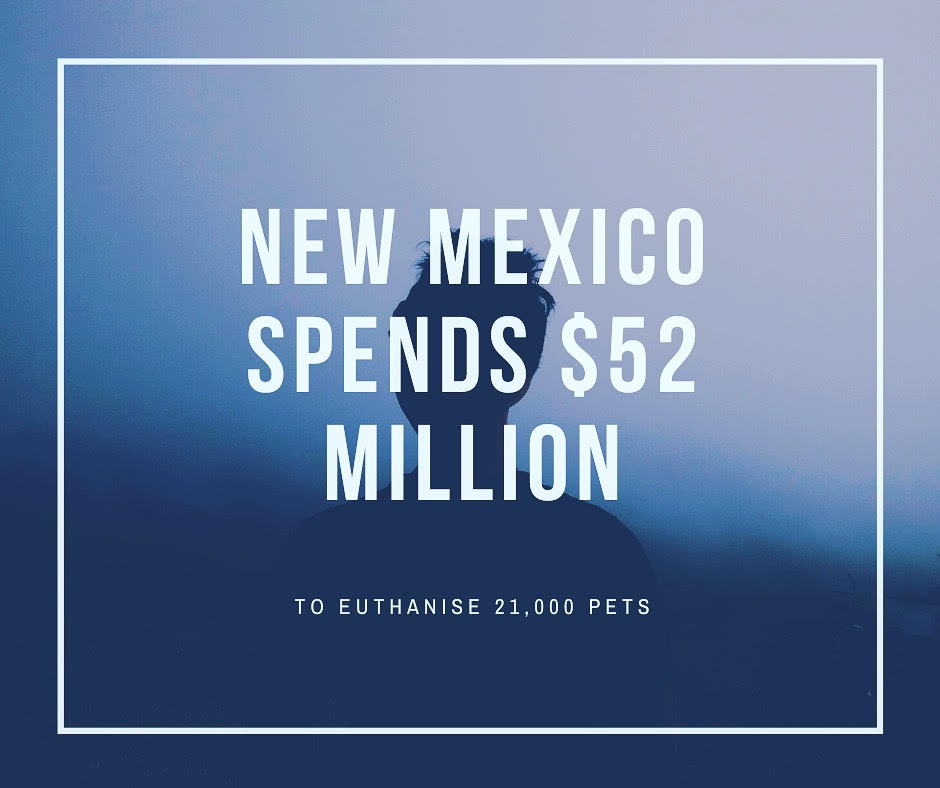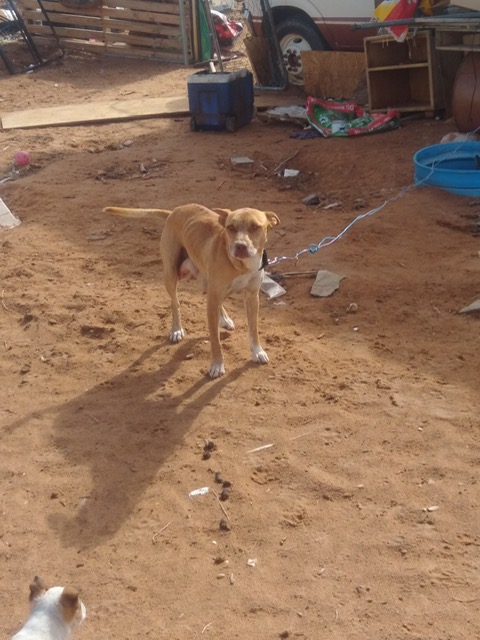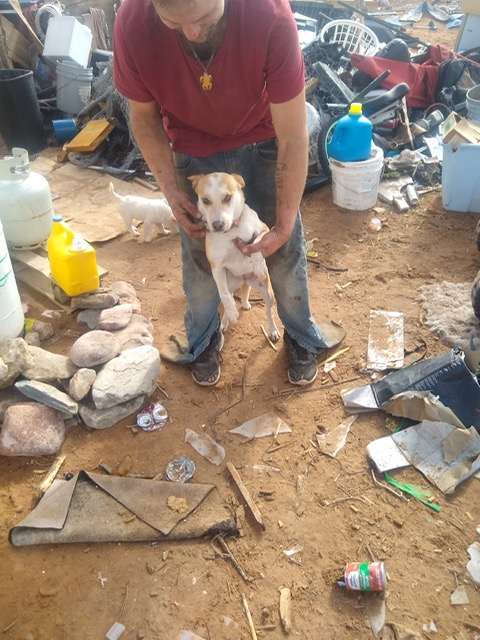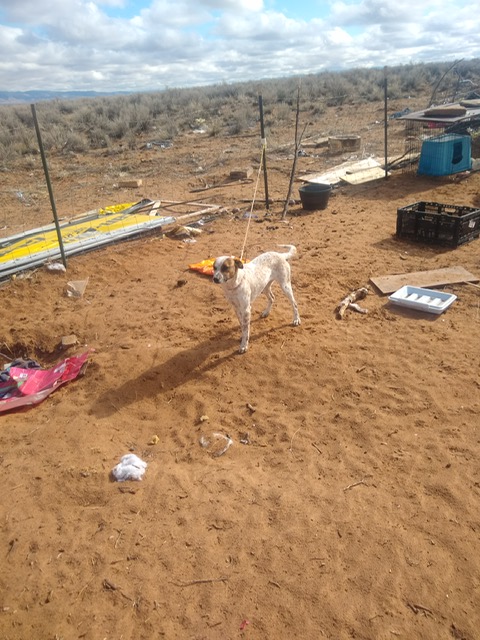From Around The Country… My First Interview of Progressive Spay and Neuter Thinkers

There are no online guides as to how to go about assessing what your area needs. For instance, how many spay and neuters should an area of a certain size with a certain human population be doing? How is the best way to go about fixing pets? There are mobile clinics, free spay and neuters, brick and mortar low-cost clinics – both independently funded and government-funded, as part of the shelter or not….and many more! There are so many different ways it is being done in our country and no set guidelines. So, I started a plan to get out there, virtually nonetheless, and talk with the different leaders in this field. By the way, Albuquerque has no concerted efforts to reduce over-population like what I am finding most cities have in our country and I hope to change that.

My first question was which shelters or areas nationwide come first to mind? Who appears to be doing a good job of keeping their shelter intake numbers down? I had heard a lot about activity in nearby Texas – Dallas, Houston, Austin, San Antonio – have been working on this problem for years. Little did I know, the Phoenix area also has many groups and methods of providing low-cost spay and neuter. But they are not who I thought of first.

I found a host of other creative marketing ideas and innovative ways to manage the pet overpopulation problem coming out of the Kansas City area. Yes, that’s right, straight from the wheat fields and good old plains-lands; an area not typically identified with innovation.
So I started looking around this past February and the first shelter that popped into mind was the shelter that ran a Superbowl promotion which was apparently Derrick Nnadi’s idea (from Kansas City Chief’s). Do you remember hearing about that in the news? It was all over Facebook – even the small shelter that I help within Valencia County, New Mexico posted about it. Derrick offered to pay all the adoption fees for dogs waiting for homes at the KC Pet Project, one of two main shelters in Kansas City.
Meet Tori Fugate, a young lady that I believe is about as aggressive as one could be in spreading the adoption message in the sheltering world. She is in charge of PR and social media for the KC Pet Project. Want to know what is going on with fosters and adoptions right now in the US? Read the most recent NY Times article and you’ll find KC Pet Project. KC has garnered almost 130,000 Facebook likes and over one thousand 4.3 star Google reviews. In comparison, Albuquerque, New Mexico, has 21,000 FaceBook likes and 600-400 (depending on how you search) 4.3-4.2 star reviews.
If anyone is setting the bar on how to get pets adopted, she appeared to be, and we need more creative leaders in this field. More shelters need to be on top of trends and attract talent. They need to not only spread the message about adoption but also about spay and neuter – the piece that is almost always being left out.
Speaking of spay-neuter. What more can we learn from Kansas City?
I feel fortunate to have had the opportunity to interview Michelle Rivera, the founder and director of Spay Neuter Kansas City.
Michelle worked at a high-kill shelter for four years before she realized that the problem would never end without increasing access to low-cost spay and neuter. This was 20 years ago and seeing the greater need and demand, she started her organization three years later.
Spay Neuter Kansas City helps 25,000 pets per year, with 11,000 spay-neuter surgeries and 12,000 pets receiving vaccines from their wellness clinics and serve an area of about 1.2 million. They focus on the pets that are at the highest risk and find them by doing 150-200 off-site mobile wellness clinics each year where they see approximately 150 dogs and cats at each clinic. The clinics are held at churches, senior living facilities, community centers and are all indoors, in case a pet escapes and to avoid the bad weather. I can picture her smile when she said during our interview, “when we first started about 80% of the pets coming to these clinics were unaltered and now we are seeing areas where is this number is 10%!”

According to Michelle, one of their main keys to success is their call center which fields 41,000 calls per year or 300 calls per day to help the community get the services they need. Many of those calls are to develop a relationship with the community members whose pets are most at risk of having litters. She says that they try to educate those people as to the benefits of prevention and have a high success rate. “If the people can afford to fix their pet today, we get them in today, as tomorrow they may not be able to afford any service.” And they keep calling these people to get their pets in for services until they gain their trust. She said that most spay-neuter clinics are reluctant to invest in this.
They try to do everything they can to offer low-cost services for a fee, versus offering it for free, unless there is absolutely no way the owner will pay. “If you just hand out vouchers and expect them to come in, then you are missing the pets most at risk,” says Michelle. Also, “if a potential client has money to pay for low-cost spay-neuter that day, they may not a few days from now.” She also targets pets that live outdoors as the indoor ones are not as much at risk of impregnating another. That is the beauty of their model with the call center.

She also works with the shelters to work their intake waitlist down with the ultimate goal of keeping as many pets in their current home. They see that a lot of pet owners don’t want to give their pets up but do not have the resources to keep them. So they try to help them in any way they can like if they need a dog house, fencing or food. Ultimately, she feels that it will save the community money if these animals don’t end up in the shelter.
Spay and Neuter Kansas City’s goal is pet retention and shelter intervention. Michelle feels that intake versus adoption should be a community’s focus. She says that many private shelters pick and choose who gets to come in and many of the dogs that are not as popular don’t make it into the shelter.
Michelle started a private Facebook group for Spay and Neuter professionals as well as is a frequent speaker in the profession.
I think that the one challenge Kansas City still seems to have is getting better control of their stray population through adoption and spay and neuter. This should be a joint community-wide goal with the shelter, government and spay and neuter groups working together. I’m hoping to see this happen soon!
We need more people spreading the word out there and I challenge our young professionals and veterinarians to step up and take these positions to help end the suffering of homeless pets – a problem we should not have in this country because the solution is right in front of us! Increasing access to more affordable spay and neuter will make a world of difference.

